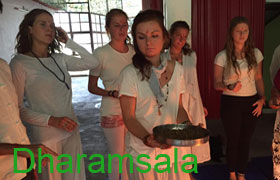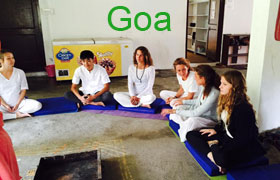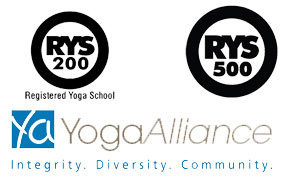Origin and Purpose of Yoga
Yoga is an invaluable treasure that has been gifted to the world by the Indian culture and civilization. Yoga was proposed with the main intention of helping a person to raise beyond his physical limitations and attain unity with the supreme entity. In other words, this primitive science has unveiled the path to salvation. However yoga is today famous throughout the western countries for the enormous health benefits it can offer through asanas. These asanas made yoga synonymous to asanas though in fact, they only form a part of yoga. It might seem to be amusing for the western lands to discover that the yoga is a vast subject beyond being confined to the asanas. In fact these asanas serve to prepare a person to start over his spiritual journey. Most of us could only witness the physical and mental benefits that yoga could impart but more essentially it is designed to target the spiritual growth of a person.
The origination of yoga is not known with certainty. The earliest traces of yoga were discovered to be existing almost 5000 years ago. In accordance to Bhagawad Geetha, Lord Krishna is considered the first guru of yoga whereas Hatha Yoga Pradeepika mentioned Lord Shiva to be the first teacher of yoga who taught it to Lord Parvati for the first time. Yoga was transmitted from the gurus to their students orally and through practical demonstrations before yoga was actually documented. Though few writers were identified to have documented the doctrines of yoga before Patanjali, he is considered to be originator of yoga as he gave it a profound shape and presented in a systematical format. Yoga was immensely popularised through Patanjali’s work in the early era, which otherwise continued to be propagated to the descendants only through the masters. He proposed ashtanga yoga which is more popularly known as classical yoga in today’s world. On the other hand is Hath yoga propounded by Bhagwan Shri Ashutosh Bholenath Maharaj which is propagated to the disciples through the descending generations. Ashtanga yoga, jnana yoga, laya yoga, raja yoja, karma yoga, purna yoga etc are considered to have been derived from Hath Yoga. All the forms of yoga prevalent in today’s society are direct or indirect forms of Hath Yoga. These varied forms of Hath Yoga in fact helped in popularising Yoga in the western countries.
The modern yoga that is popular today have very little in common to the classical yoga. Classical yoga emphasizes more on spiritual evolution while the modern yoga is more concerned with the physical and mental wellbeing of a person. However the capability of classical yoga is matchless to that of modern yoga. Modern yoga can be termed as the simplest form or the most basic form of classical yoga. Yoga teacher training in India provided by Yoga Faculty tries to retain the essence of classical yoga in curriculum, while the choice to proceed to the higher levels of spiritual quest is left to the students themselves as it is a journey towards the inner self.




